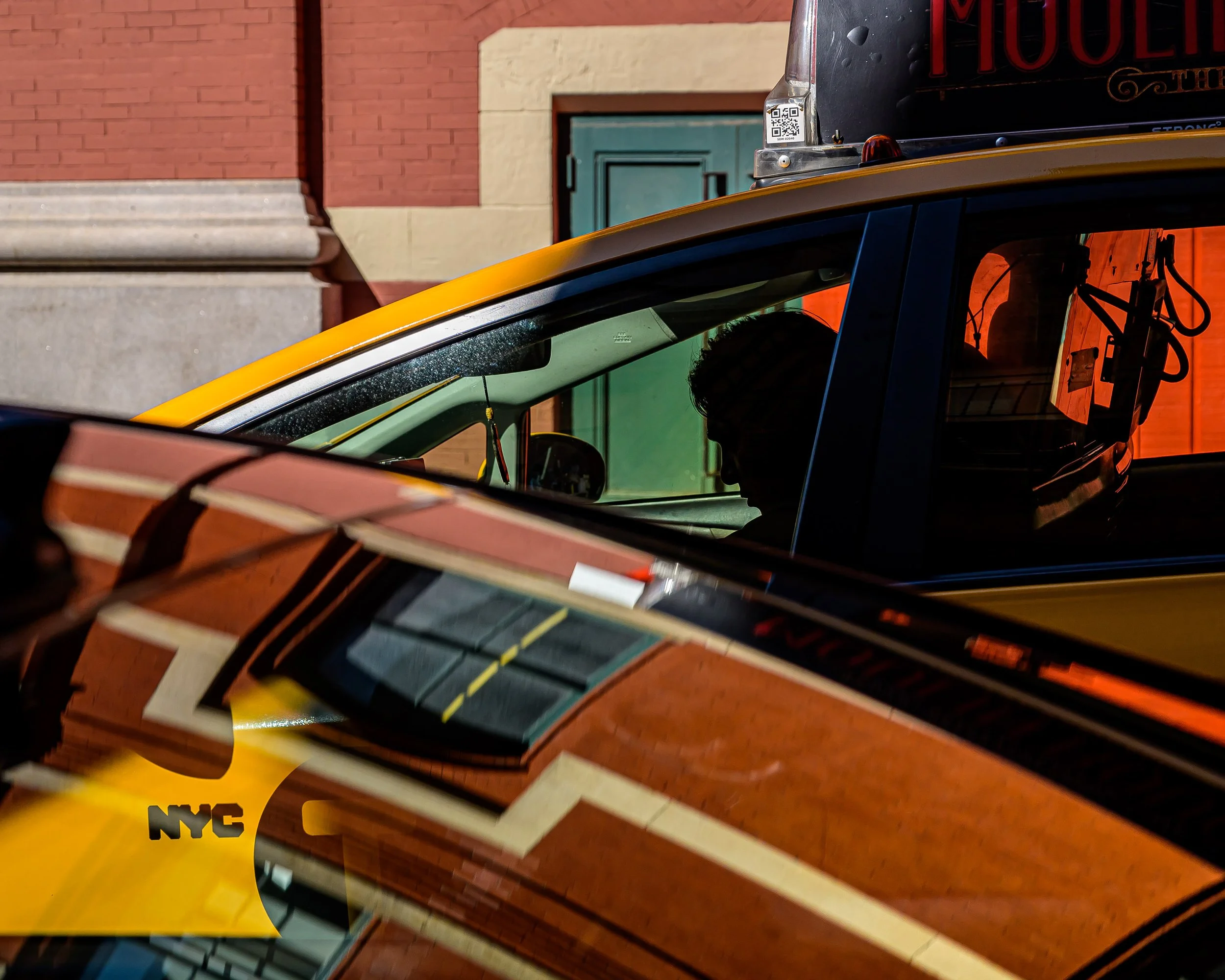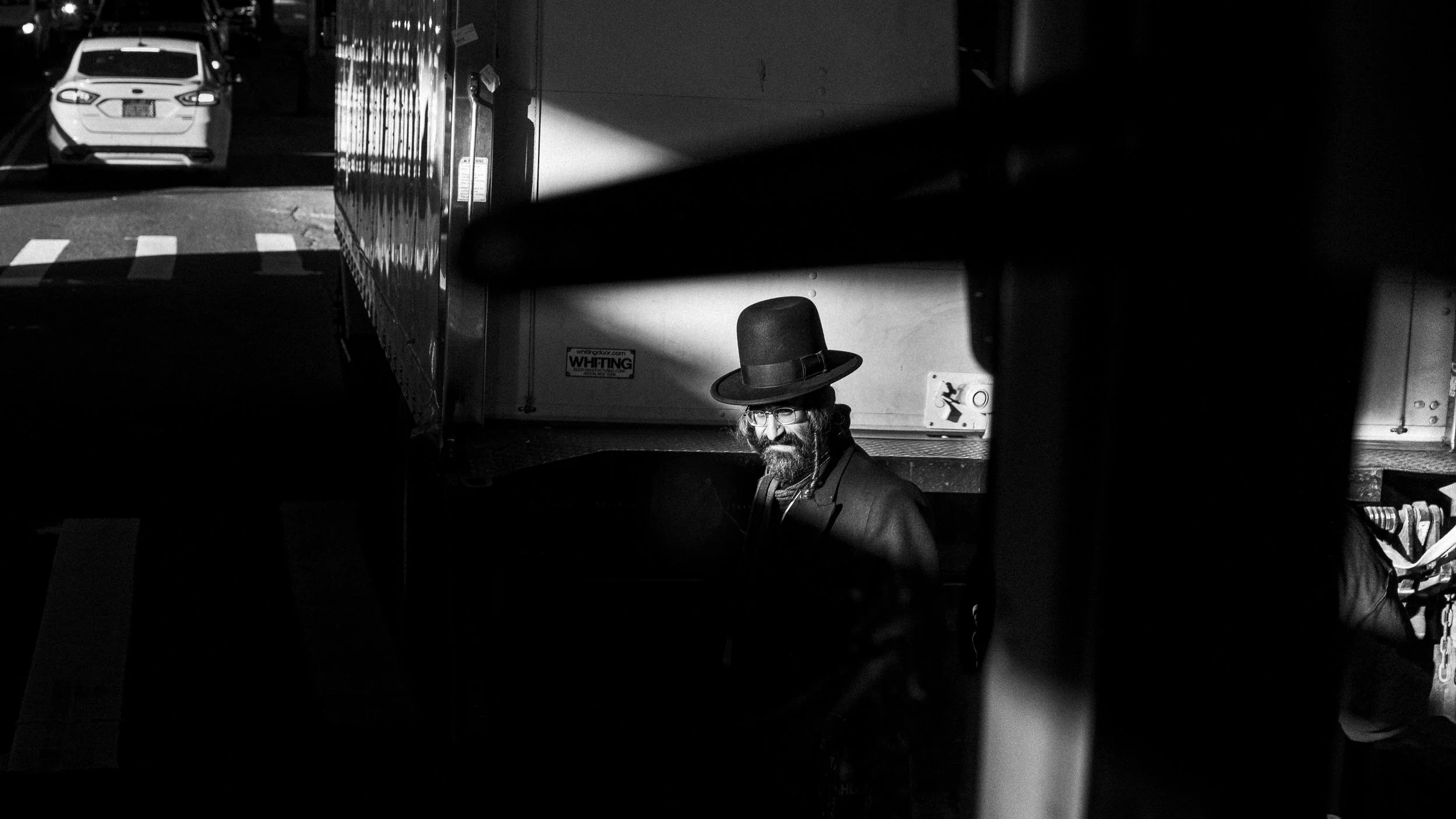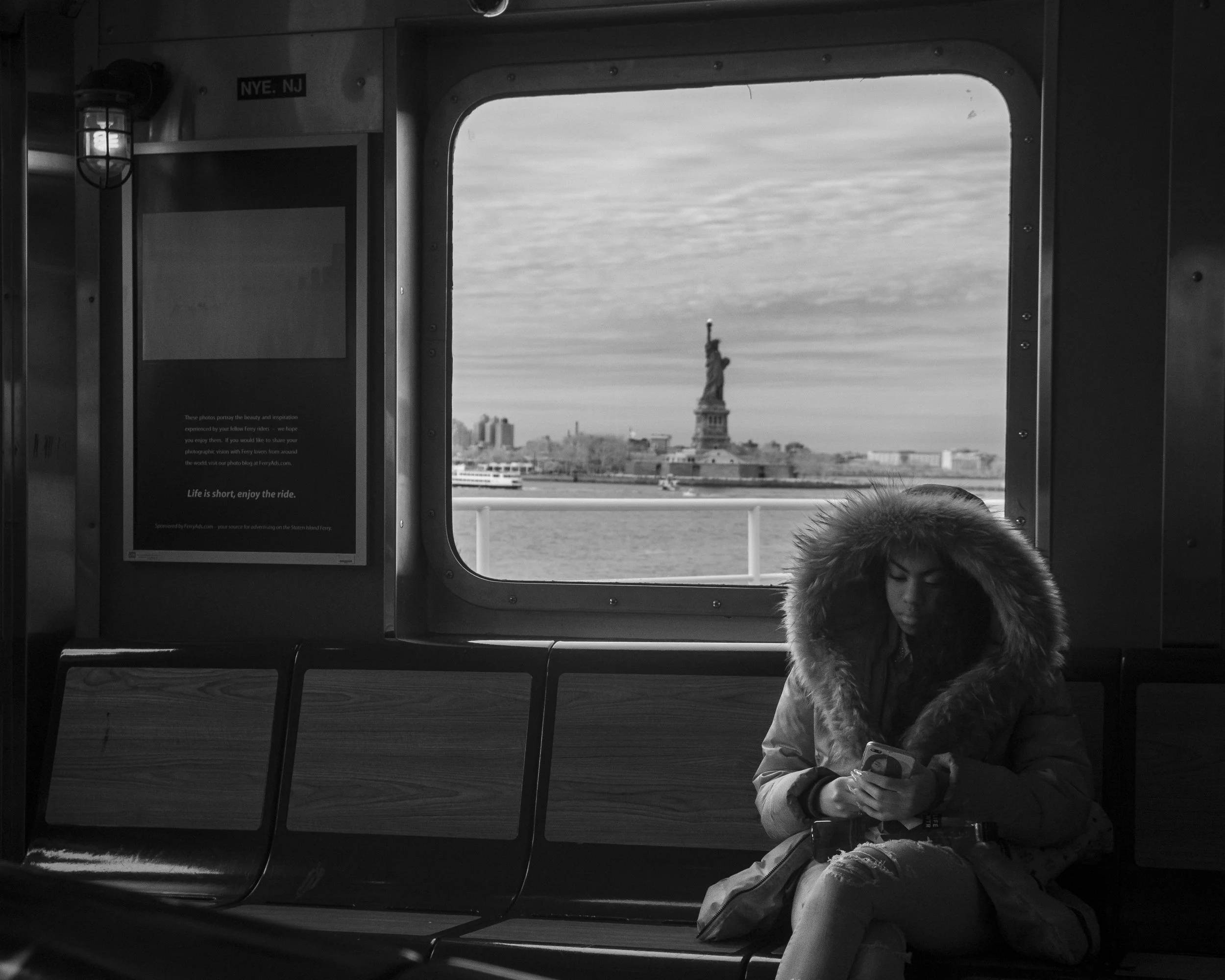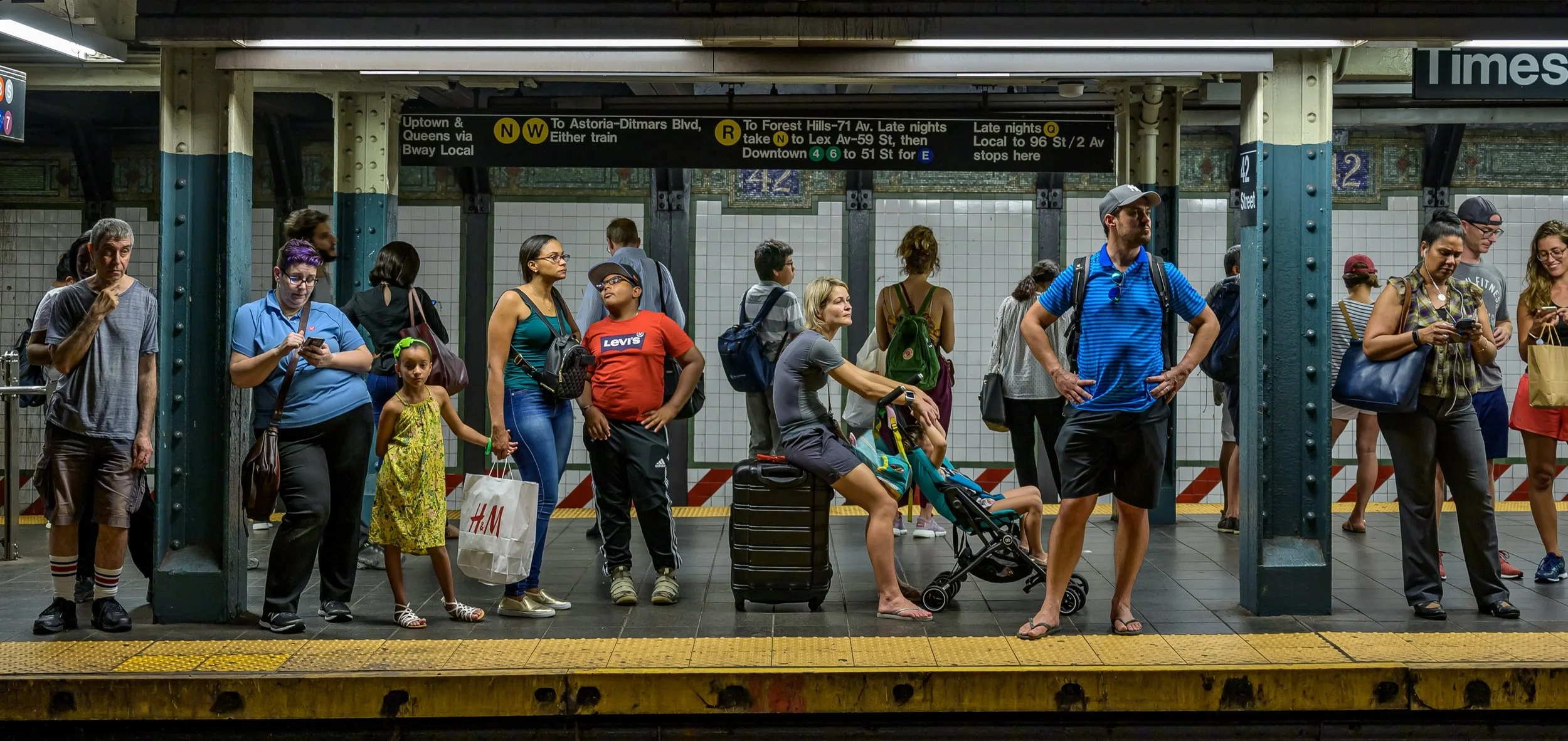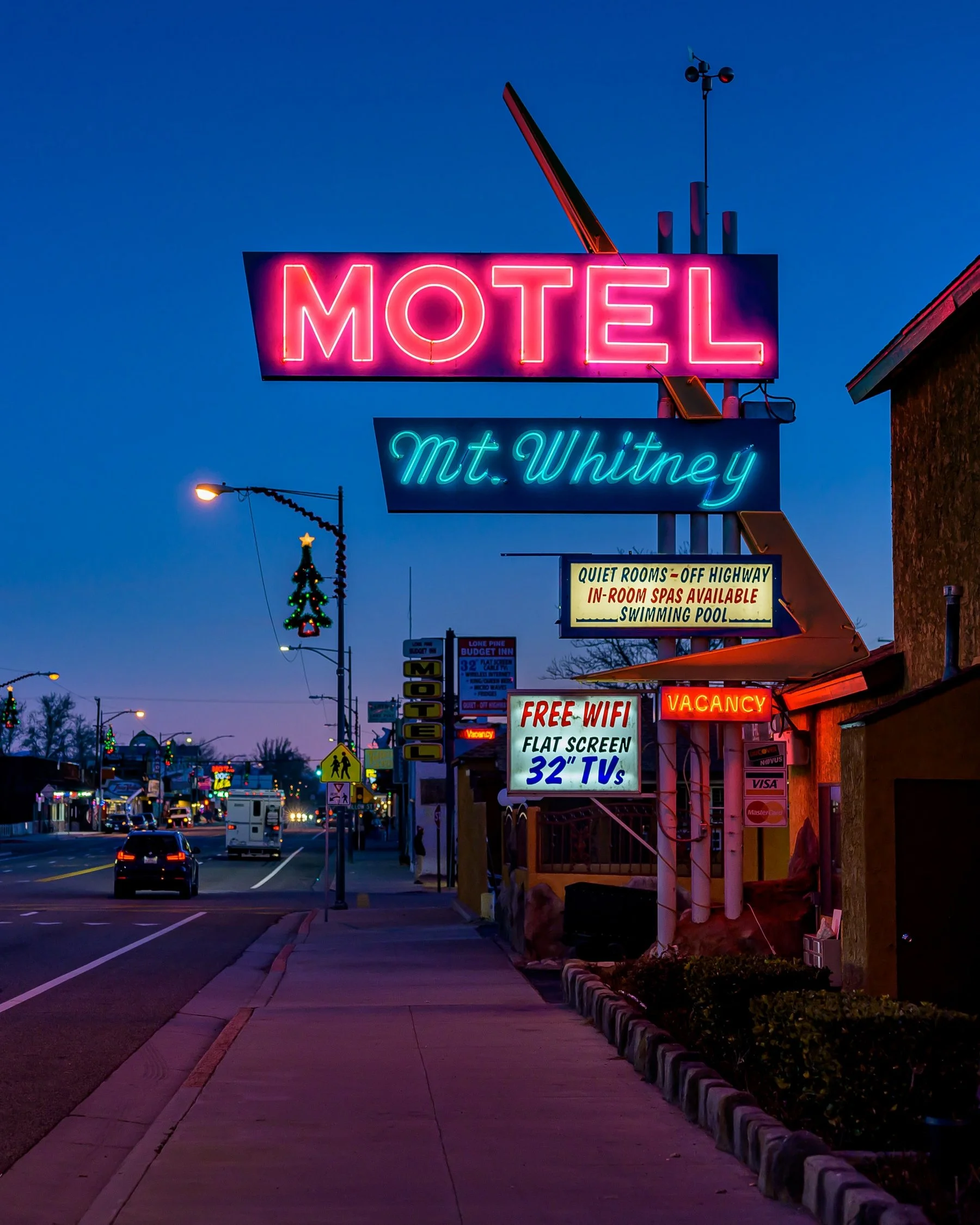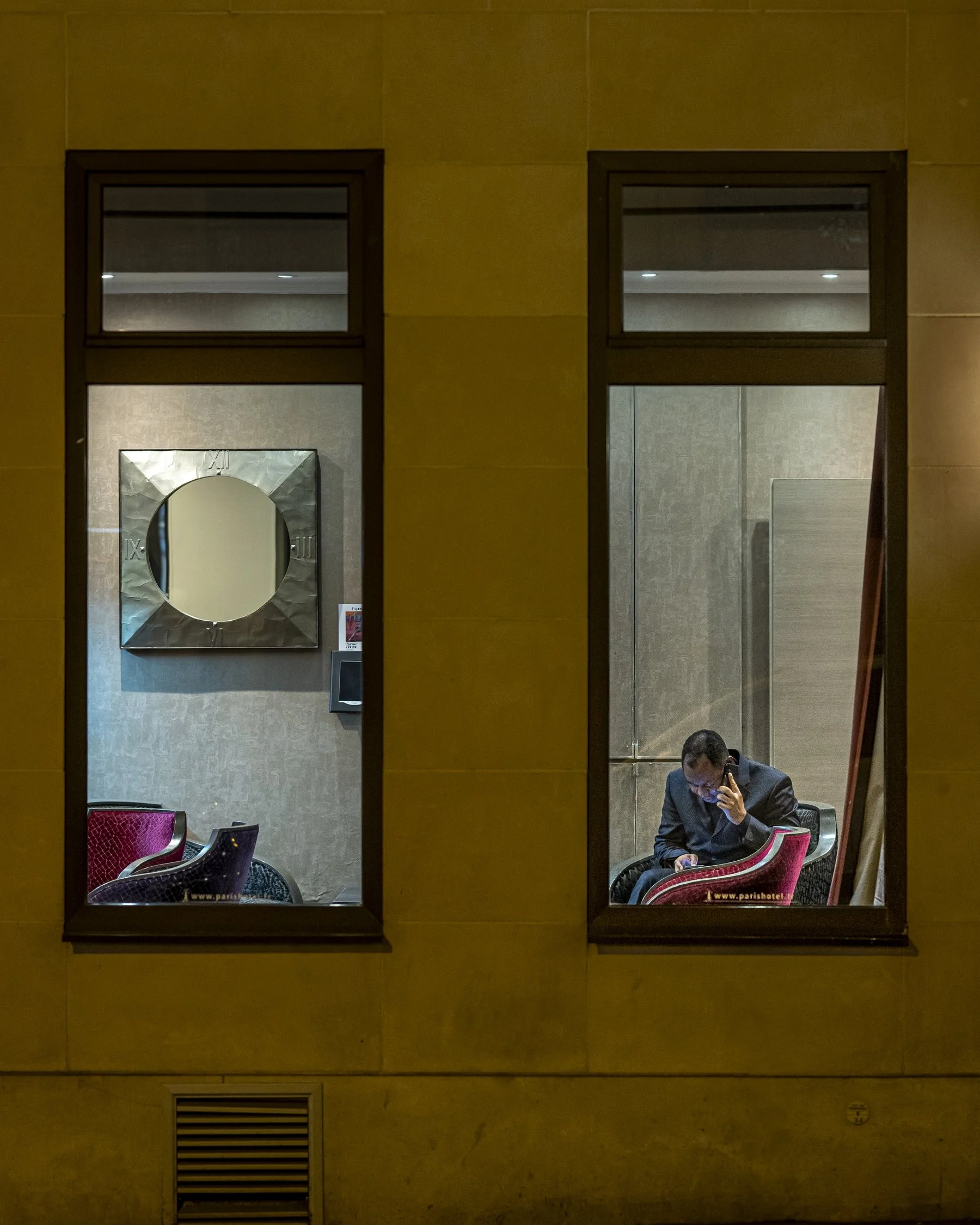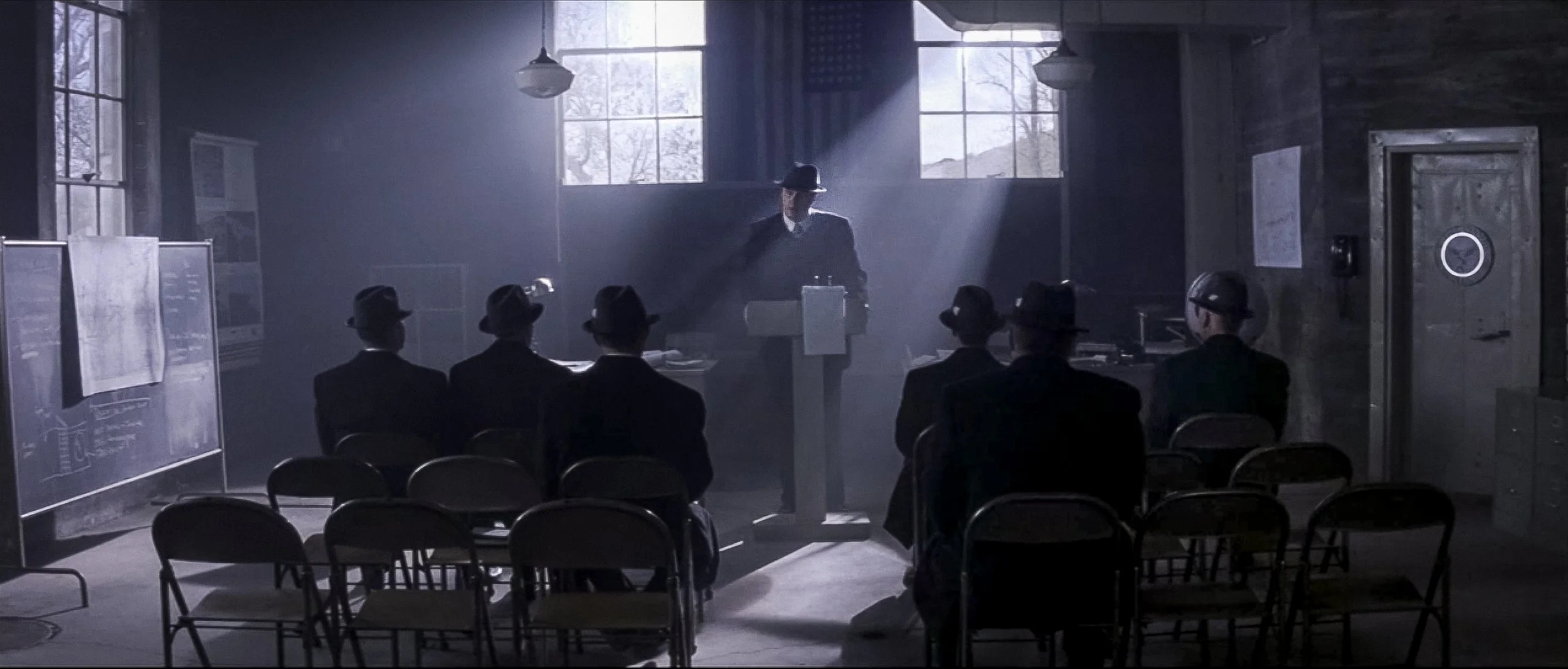In addition to successfully carrying out your profession as a cinematographer, you are among the leading international experts in cinematography. You also updated the classic textbook Cinematography with original author Kris Malkiewicz, co-editor of the 11th edition of the American Cinematographer Manual and have written a number of articles about your own work for various filmmaking magazines. What sparked your interest in still photography, cinematography and images in general?
In my early childhood, my father was a U.S. Navy aviator and also the unit photographer where he was stationed; I grew up seeing slide shows of my father’s travel photography. He used a Nikon SP rangefinder and a Yashica 44-2 TLR.
Where did you train and or study? Who were your early teachers or mentors?
I started making films when I was 16 but didn’t go to film school until I was 26, so I am mostly self-taught. I spent a lot of time in libraries when I was an undergraduate student, reading filmmaking books and magazines and then applying what I learned in my short films. Then I went to CalArts as a graduate student in filmmaking. My mentor there was Kris Malkiewicz.
What were your main artistic influences?
I grew up in a house full of Japanese art which I think had some influence on my later aesthetics. My Japanese mother also taught me to draw because she felt that art was an important part of any education (while also telling me that a career in art was a bad idea!) As a child, I watched a lot of science fiction on TV, particularly Star Trek episodes and Japanese monster movies. I finally got to see 2001: A Space Odyssey when it premiered on national TV in February 1977. Later that year I saw Star Wars and Close Encounters of the Third Kind; all three movies made a huge impression on me. Around this time I started making Super-8 films and reading about filmmaking; I became a big fan of Spielberg, Kubrick, Welles, Kurosawa, Lean and Hitchcock. I also became interested in the work of their cinematographers, especially if they photographed any science fiction movies – people such as Vilmos Zsigmond and Geoffrey Unsworth. My favorite book at the time was The Making of Kubrick’s 2001 by Jerome Agel. I went to a science fiction convention in early 1979 and bought my first issue of American Cinematographer there because it was all about the making of Superman: The Movie. Cinematographer Geoffrey Unsworth had passed away during the movie’s post-production so the final film was dedicated to him, which made a deep impression on me. He had also photographed 2001, so I was happy to read this wonderful article in the magazine about his career, written with great warmth by his long-time camera operator, Peter Macdonald. Studying the work of Unsworth led me to many other British films and their cinematographers, people like Freddie Young, Ossie Morris, Jack Cardiff, David Watkin, Peter Suschitsky, etc.. Then two years later in college I saw Apocalypse Now and Reds, photographed by Vittorio Storaro, and he became my primary role model. I loved how he structured his images around a clear, strong intellectual concept, often using color and light in symbolic fashion.
Who is your favorite photographer?
I think I am inspired the most by the work of Saul Leiter. His street photography is such an evocative combination of color and light for an abstract painterly effect while still capturing the essence of the subject in front of the lens. I also love Henri Cartier-Bresson, Vivian Maier, Roy DeCarava, Gordon Parks. I am also fond of the old Autochrome process and love the work of the Pictorialists (Alvin Langdon Coburn, Karl Struss, Edward Steichen.)
Which cinematographers, past or present, do you most admire?
Along with Storaro, in college in the 1980s I became enamored of a number of working cinematographers at the time, people such as Gordon Willis, Vilmos Zsigmond, Conrad Hall, Allen Daviau, Sven Nykvist, Nestor Almendros, Jordan Cronenweth, and then by the end of that decade, Robert Richardson. Then my film studies brought me further back in time to the work of Gregg Toland, Arthur Miller, Leon Shamroy, James Wong Howe, Gabriel Figueroa, Gunnar Fischer, Kazuo Miyagawa, etc.. Of my contemporaries, my favorites are probably Roger Deakins and Janusz Kaminski, who are somewhat opposites in style.
And your opinion on the style and history of Italian cinematographers?
Italian filmmaking is very important to the history of cinema – D.W. Griffith, after all, was inspired by Cabiria, directed by Giovanni Pastrone. I already mentioned how important Vittorio Storaro was to my development; cinematographers like G.R. Aldo had paved the way for him. All of the post-WW2 trends in filmmaking had led to greater realism in cinematography, but for me, Italian cinematography minimized the overly soft-lit, pastel approach; their concept of photographic realism was still dramatic – even operatic at times – due to the use of single-source lighting with higher contrast levels. And as a visual storyteller, one of the best in the business is Dante Spinotti; I’ve watched the movies he made with Michael Mann many times.
Stanley Kubrick, before establishing himself as a brilliant director, was also an excellent photographer: the photograph that marks the beginning of his visual career is the one depicting a news agent in New York saddened by the death of American President Franklin D. Roosevelt. What do you think of his talent and his visionary style? Is he among your favorite directors?
My bookshelves can attest to my devotion to Stanley Kubrick; I think I own everything ever published about him and his films. I’m not surprised that Kubrick transitioned from a photographer to a director; while he had a talent for capturing interesting moments of human behavior on the streets of New York, I think he was driven to control the surroundings of that activity and how it was framed; I don’t think he would have continued to do street photography where he wasn’t in control of the entire process. I love the precision of his work, the attention to detail, the lack of sentimentality, and the strong graphic nature of his compositions.
Since its initial publication in 1973, Cinematography has become the guidebook for filmmakers, focusing squarely on the cinematographer's craft. As mentioned, you collaborated on the third edition: thanks to your experience, what can't be missing from the cinematographer's vision? What should be his greatest skill?
The textbook was primarily about shooting 16mm film as a support for a cinematography class and therefore covers the basic knowledge needed to take a film with a soundtrack all the way to completion to a print. Some aspects are universal to all photography and haven’t really changed in terms of thinking about exposure, lighting, use of lenses, etc.. But what experience has taught me is that cinematography has to be in support of the narrative and the performances. It doesn’t stand apart as something separate. Ultimately a cinematographer’s greatest skill is as a visual storyteller, not as a maker of beautiful images.
Can you name a film from cinema history that, for you, represents the best or ideal example of cinematography?
There are dozens of movies that represent the ideal coordination of image and story; movies like The Godfather, Citizen Kane, My Darling Clementine, The Red Shoes, Blade Runner, 8 ½, Once Upon a Time in the West, Clockwork Orange, Alien, Persona, The Conformist, Empire of the Sun, The Road to Perdition, etc.. My tastes are rather expansive so it’s hard to narrow a list down.
You are a member of the prestigious ASC. In June 2021, in the midst of the pandemic, the famous magazine American Cinematographer dedicated the issue to still photography: the cover narrated a photo taken by you in the spring of the same year [Escalator passengers at the East End Gateway of Penn Station head toward the light]. You have taken numerous amazing photos dedicated to the city of New York. Is this an ideal place for photography?
For me, New York City is a wonderful combination of people, architecture, and weather. Though any number of urban centers have similar qualities (Paris for example), the scale of these elements in New York is on another level. I live in Los Angeles and I find it much more elusive as a subject due to its geographical spread and repetitive weather pattern. Plus many photographically interesting neighborhoods require a car ride to get to, and therefore involve more planning, more deliberation, and less spontaneity – whereas in NYC I just hop on and off of the subway and find myself somewhere interesting. It’s my belief that photography is a bit of a numbers game in that you have to go out regularly in case something interesting happens, some combination of elements that briefly comes together. Or think of it like exercise or writing, you should try and do a little every day.
Does the perfect photograph exist?
I think perfection is something that machines create, not human beings, at least technically. I like the Japanese concept of wabi-sabi, seeing beauty in imperfection. I like some feeling of the handmade in imagemaking, some sense that a person took the picture.
Shooting for moving pictures and taking photographs are evidently different. What is your approach towards these two different narratives through images?
I suppose studio photography can be closer to what a cinematographer does in terms of designing and setting up an image, controlling everything placed in front of the lens including the lighting that hits the subject. But what I do as a street photographer is fairly different than my experience as a cinematographer working with a crew and a director, following a script and filming performances that have to be edited. Photography is often about freezing motion and stopping time, whereas motion pictures capture and display motion in a continuous fashion and manipulate time without (usually) stopping it. So when taking a photograph, I have to be aware of what singular moment of human activity I am going to freeze, and how that frozen motion will impact the meaning of the photograph. For example, showing that someone was in mid-stride as they pass something says something different than if the photo gives the impression that they stopped in front of something. And the amount of blur that the movement has can affect the feeling of the image, especially if your image contains people moving at different speeds, with some not moving at all; in that case, you need to see different degrees of motion blur in the frame to make that clear. Though my tendency is to use a short shutter time because I want everything to look frozen in one moment; I can’t explain why except that maybe it feels more “painterly” or more “timeless” in some way?
How has your way of working changed with the epochal transition from film to digital?
I don’t think cinematography has changed fundamentally from the conversion to digital; we still have to employ light and compose action through a lens in order to support a narrative. The higher sensitivity of digital cameras has made low-light photography much easier; for example, I no longer worry as much about lighting a location like a restaurant because I can take greater advantage of existing practical fixtures and just concentrate on where the actors will be sitting. Digital cinematography has freed me from the “tyranny” of the light meter in that I feel more comfortable lighting by eye because I can see the results immediately on a monitor. In some ways, that has affected how I shoot film now; I tend to light more by eye and just check the key light with my meter when I’m done.
You have worked on many projects such as Twin Falls Idaho, Northfork, Akeelah and the Bee, The Astronaut Farmer, Jennifer's Body, The Love Witch, as well as to numerous television series, including The Marvelous Mrs. Maisel, and Ètoile, now nominated for the Emmys. You also shot Jackpot, a 2001 American comedy-drama film directed by Michael Polish. It was the first 24P HD feature to be released theatrically on 35mm film, using the Sony CineAlta F900. Do you confirm this?
Jackpot was the first 24P HD feature to be released theatrically in North America in late July 2001, just two weeks before Session 9, a horror movie also shot on the Sony F900. But Star Wars: Attack of the Clones got the camera first and started filming with the F900 about two months before we did; however, that film wasn’t released until May 2002. Back in 2001, all theatrical releases were in 35mm film prints – though this was in the early days when a few theaters could show films digitally (but ironically not in art house cinemas where low-budget digital filmmakers could have benefited from avoiding the costs of a film-out).
Which of your motion picture works has satisfied you the most and why?
I’m very proud of the movie Northfork by Michael and Mark Polish. It was made in 2002 before digital intermediate technology was easily available or affordable; to get the desaturated look we wanted, I flashed the Fuji negative by 20% and then did a full skip-bleach process on every print. This was combined with meticulous control over the art direction, to the point where we used gray paint inside ketc.hup bottles and sewed a black & white American flag. But the best part was shooting a widescreen landscape film set in the 1950s on the Great Plains of Montana; it felt like I was making a John Ford western. And we did it all with only a 1.5 million dollar budget!
What would you recommend to anyone who wants to become a cinematographer?
Learning about light and lighting – natural and artificial – is fundamental to being a cinematographer. Of course, one needs to learn one’s craft, which I personally believe also involves learning the history of the craft. My own education came down to: watching films, reading about films I had watched, and making films using lessons learned through watching and reading… then repeating the process. It’s a lifelong process of reflection and action, theory and practice. Experience is a great teacher but one also has to take the time to mentally process one’s experience to give the lessons learned greater context within the artform.



